Author: Cieana Detloff, Reporting for the Pump Industry
I had the great fortune of speaking with Howard Penrose, PhD, CMRP, Founder and President of MotorDoc LLC, and the current Chair of the Society for Maintenance & Reliability Professionals (SMRP). SMRP joined hundreds of organizations as an affiliate supporting the sixth annual Infrastructure Week (*follow along on social media using the hashtag #TimeToBuild) during the week of May 14-21, 2018. Catching Howard in-between presentations at the Electric Power Reliability Summit, I had a quick Q&A session to learn more about SMRP, which has been a leading voice for Reliability, Maintenance, and Physical Asset Management professionals.
Cieana: How did SMRP get involved in advocacy with the U.S. government?
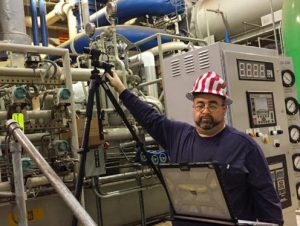 Howard: Many years ago, I had been part of the government relations committee within IEEE (Institute of Electrical and Electronics Engineers), so it was very natural for me to help create a government relations group within SMRP during my time as the Outreach Director. Instead of just talking about things we wanted to do, we became active participants in the legislative discussions and public policies that impact our industry. SMRP puts forth a great deal of effort and energy into 5 major areas: Infrastructure, Smart Grid, Cybersecurity, Safety, and Education & Workforce development.
Howard: Many years ago, I had been part of the government relations committee within IEEE (Institute of Electrical and Electronics Engineers), so it was very natural for me to help create a government relations group within SMRP during my time as the Outreach Director. Instead of just talking about things we wanted to do, we became active participants in the legislative discussions and public policies that impact our industry. SMRP puts forth a great deal of effort and energy into 5 major areas: Infrastructure, Smart Grid, Cybersecurity, Safety, and Education & Workforce development.
Infrastructure is a broad term that encompasses so many areas and systems that affect our quality of life- from transportation to drinking water, sewage treatment to delivery of natural gas and electricity. Infrastructure affects our daily life, our economy, our industry and even the future of our workforce. SMRP is happy to be involved in government relations to help guide the life cycle of infrastructure-related items. The politicians and government representatives had been starving for knowledge. I remember our first visit to Capitol Hill back in 2015…we thought we’d only have about 15 minutes with each representative on the different topics we wanted to discuss, but after speaking with the staff, they wanted more of our time! More people were pulled into the meetings and we were asked to stay beyond our original time slots because they found that the professionals from SMRP who wanted to have a voice in legislation had a great deal of input to provide.
It’s been amazing seeing the growth and expansion of our ‘Hill’ visits and the increased collaboration with the representatives at the White House (read about the recent SMRP Government Relations ‘Fly-In’). As you know, the SMRP members are on the front lines – preventing breakdowns in critical infrastructure by implementing predictive maintenance plans and physical asset management strategies. And there’s a lot of different areas within this, but I’m an ‘electrical guy’ so I often speak from that standpoint. In regard to Electrical Infrastructure, we have a team going to the White House next week to discuss the Smart Grid. Nancy Frost, PhD, CMRP, Outreach Director at SMRP, )and Alan Ross, Vice President of Reliability at SDMyers, are part of that team to discuss legislation being developed for the Smart Grid because we need to emphasize Reliability for electrical systems, for pumping stations, microgrids, and all the systems supporting our nation’s infrastructure.

SMRP Members meet with Raja Krishnamoorthi, U.S. Representative for Illinois’s 8th congressional district.
The event that really pushed the concept of the Smart Grid forward happened on August 14th, 2003 – the great Northeast blackout! That motivated critical sections of the Energy Independence and Security Act of 2007 wherein the real implementation of Smart Grid concepts was assigned to the National Institute of Standards and Technology (NIST) through the Department of Commerce. The Federal Energy Regulatory Commission (FERC) certified the North American Electric Reliability Corporation (NERC) as the nation’s Electric Reliability Organization. FERC approved 83 NERC Reliability Standards in March 2007, making them the first set of legally enforceable standards for the U.S. bulk power system, which became effective June 2007. So in order to implement these rules for Reliability, we have to move to a Smart Grid.
I was able to participate in a meeting with NIST many years ago where several utilities’ chief operating officers were involved with developing the NIST framework 3.0 for implementing the Smart Grid, and they were excited about the concept of microgrids. Microgrids would empower utilities to counter issues – for example, if they had an outage or experienced a cyberattack in a building or a facility, they could essentially ‘island’ it. They could disconnect from that city, town, company, business, whatever it was because that microgrid would have its own ability to produce its own power until the utility sorted out the issue. Having that capability meant electrical reliability would not be impacted and the rest of the grid would remain functional. Even now, the U.S. is experiencing a large number of attempted cybersecurity attacks on our power grid, but our grid has not been hacked – yet! This is the greatest fear as we move toward a Smart Grid.
NIST is aware of the cybersecurity issues and they recognize that the biggest danger now is the Internet of Things (IoT). As the technologies used to maintain expensive physical assets improve, including the implementation of IoT, SMRP has taken steps to ensure our members engage in sound cyber strategies for their facilities. We’re a member of the Department of Homeland Security’s (DHS) Stop.Think.Connect.™ Campaign, and we continue to participate in the legislative process. In addition to us bringing awareness to all of our members’ industries, we are having an impact on the rules and which will be put into place that will affect our jobs in the future. SMRP is completing a safety partnership with OSHA where we have been working with them to determine the dangers in our industry and guide them on the best ways to help industry make improvements, and education has been a big part of that.
One thing we’re really proud of – and rooting for – is the Perkins Act, which will provide federal funding and support for trade schools and hopefully trade certificates. I believe it’s passed the House and is currently stuck in the Senate; but on one of our Hill visits this past March, the members of SMRP expressed our deep desire for that legislation to pass so we could continue to support the development of a skilled workforce. We want to be active participants in putting together the pieces that ensure our industry is successful moving forward.
Cieana: Howard, thank you so much for your time today! Please do keep the #PumpTalk Community up-to-date with your activity and the progress made by SMRP!
About SMRP
The Society for Maintenance & Reliability Professionals (SMRP) is a nonprofit professional society formed by practitioners to advance the maintenance, reliability and physical asset management profession. SMRP’s membership consists of more than 6,000 individuals, practitioners, companies and students around the world. SMRP is committed to sustaining best practices and developing leaders in the profession by offering education resources, world-class certifications and knowledge-sharing opportunities for members. For more information, visit www.smrp.org.
About Infrastructure Week
Visit http://infrastructureweek.org/

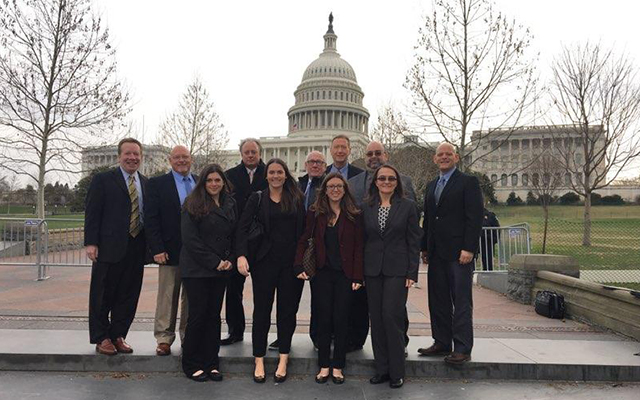
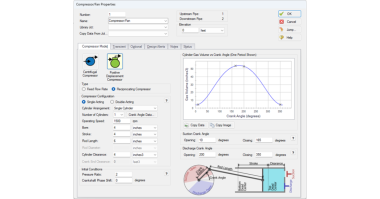
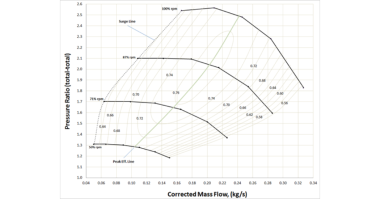
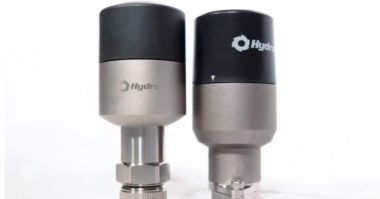
Comments